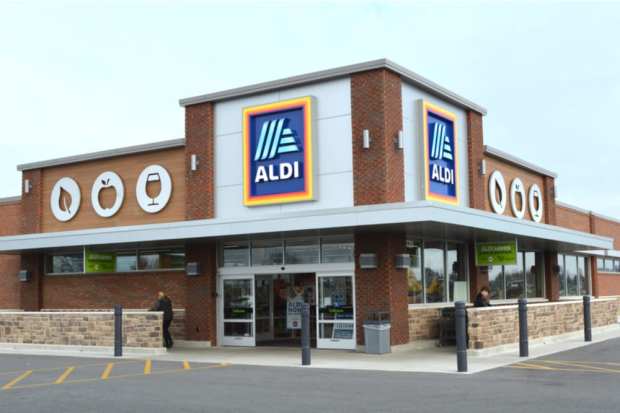German Discount Stores Disrupt US Grocery Space

With simpler stores that offer fewer products at lower prices, German discount chains Aldi and Lidl have increased their sales.
They are taking a bigger share of U.S. grocery bills and pressuring retailers in the U.S. to respond, with grocers in the U.S. decreasing prices on staples like eggs and milk and adding more products that discounters aren’t known for like fresh foods, The Wall Street Journal reported.
“Our country has been invaded by the German retailers, and they have disrupted the ecosystem quite severely,” said IGA Inc. President and Chief Executive John Ross.
He noted it is the largest shift for American grocers since Walmart started in the food business in 1988. Walmart is said to be the largest U.S. food seller today.
A European discounter has tried to take a slice of the U.S. grocery market in the past. U.K. supermarket retailer Tesco PLC left the United States in 2013 following five unprofitable years of running its Fresh & Easy concept on the West Coast.
The report also noted that sales at “limited assortment” stores that come with the inclusion of Trader Joe’s beyond Lidl and Aldi are forecasted to rise 5.6 percent annually through 2023.
Sales at traditional supermarkets, however, are predicted to rise only 0.5 percent annually.
Aldi has grown its store count by two times over the past 10 years to roughly 1,900 spread through 36 states. Lidl, on the other hand, aims to have over 100 U.S. stores open by the conclusion of 2020. Both retailers provide a limited scope of products efficiently stocked in small stores.
As it stands, 92 percent of customers still shop for groceries in a physical store, according to the PYMNTS Enterprise Grocery Report, and 91.5 percent make their purchases there. But nearly 5 percent of consumers shop for and pay for groceries online, according to the index. The report also found that shoppers older than 30 make 45 grocery trips yearly. Consumers between 18 and 24, however, only make approximately 38 trips.
